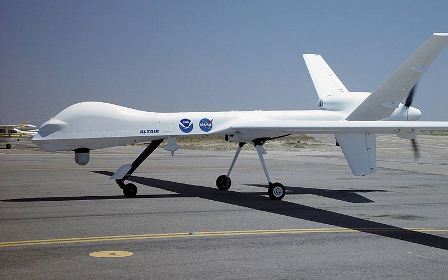 (CNN) -- The Marines plan to swell the arsenal of their newest small drone over the next five years by more than 12 times the current level -- the largest proportional increase of any of the military's unmanned aircraft.
(CNN) -- The Marines plan to swell the arsenal of their newest small drone over the next five years by more than 12 times the current level -- the largest proportional increase of any of the military's unmanned aircraft.
The RQ-21A Small Tactical Unmanned Aircraft System (STUAS) was delivered to the military earlier this year. The Marine Corps currently has eight of the unmanned aerial vehicles and plans on acquiring a total of 100 by fiscal year 2017, according to a Defense Department Congressional report.
The drone is based off of the smaller unmanned Scan Eagle. Still acting as an intelligence, surveillance and reconnaissance tool, the RQ-21A is bigger than its ancestor, the Scan Eagle, making it capable of carrying more equipment.
"The main advantage is it carries bigger and more acute sensors," said Aviation Week's Bill Sweetman. That improved technology allows the drone to take clearer pictures.
The drone is able to carry radar, a high-definition camera, and infrared capability at the same time, all of which play differing roles.
"They tell you different things," said Sweetman. "Radar is good at finding moving targets. Hi-def TV is the best way to get positive identification on a vehicle or person or to see if someone is carrying a weapon. But high definition TV doesn't work at night, then you have infrared."
The Marine Corps sees this as a major asset.
"The RQ-21A is equipped with both day and night sensors and a configurable payload bay that increases operational flexibility. The configurable payload bay is notable because it enables the Marine Corps to adapt more rapidly to enemy capabilities as they evolve," Major Michael Shand, Headquarters Marine Corps Unmanned Aerial Systems Requirements Officer, said in a statement.
Like it's predecessor, the RQ-21A doesn't need an airfield or a runway to launch.
"So for the Marines that like to be expeditionary, this is a big deal," said Sweetman.
- Home
- News
- Opinion
- Entertainment
- Classified
- About Us
 MLK Breakfast
MLK Breakfast- Community
- Foundation
- Obituaries
- Donate
11-05-2024 7:38 pm • PDX and SEA Weather














































































































































































































































































































